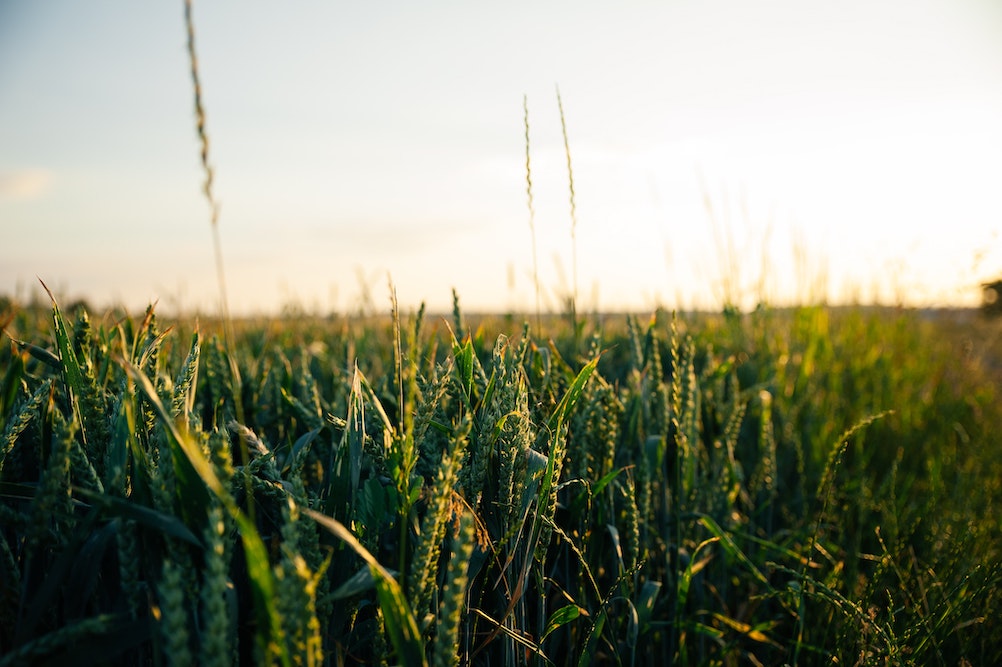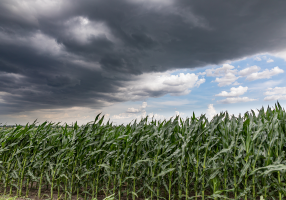Crop insurance is subsidized and regulated by the USDA-Risk Management Agency. It is an important tool in managing the financial risk associated with farming. Crop Insurance is intended to help farmers survive disasters and return to profitability, providing they purchase an adequate amount of protection.
While it might not make for stimulating conversation at the table over a meal, crop insurance may be a more relevant and important topic than you might think.
Consider this: Look down at your plate that might include a burger, green beans, cucumbers, mashed potatoes, tomatoes. If crop coverage did not exist, you could be looking down at an empty plate.
The same idea applies to the clothes you are wearing. If your shirt is made of cotton, you can attribute that to crop insurance.
Crop insurance serves a vital role in our society. That is because crop insurance in Oregon and elsewhere ensures that the people who put those products on your table and on your body can do so year after year. As opposed to other livelihoods, crop and livestock producers are completely susceptible to the weather. They work no matter what type of weather is occurring. The weather also plays a strong role in the amount of production that crop producers realize. As a result, the weather has a very real indirect effect on their income.
Crop coverage limits the risk of adverse conditions for crop producers, in addition to the risk of bankers who invest in them.
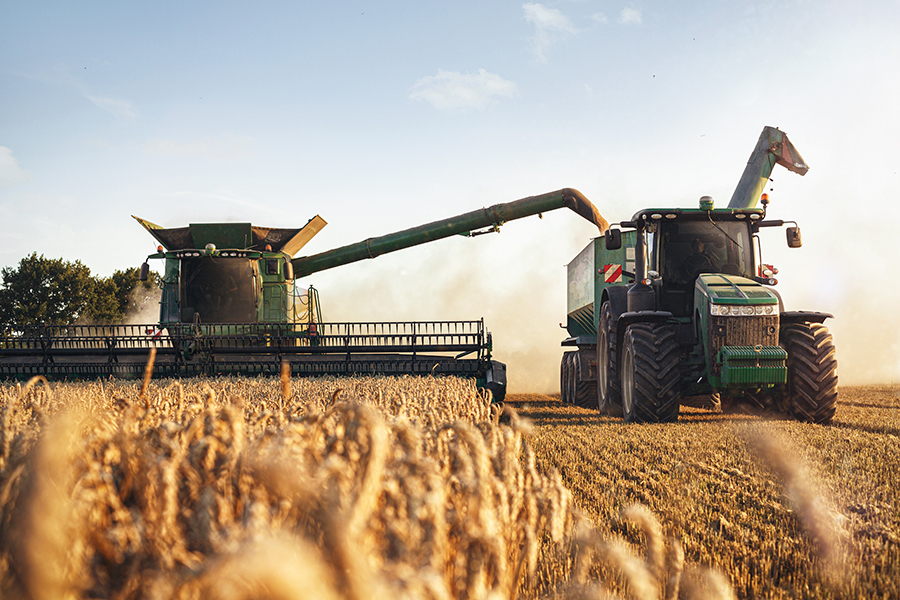
What is Crop Insurance?
You can trace the origin of crop insurance in the U.S. way back to 1880. That was the year when private insurance companies began to sell policies to protect farmers against the impact of hailstorms. The so-called “Crop-Hail” policies are still in existence today. 1n 2017, farmers paid $956 million on Crop-Hail insurance to safeguard $36 billion worth of crops.
Farmers in Oregon also have the option of buying Federal Crop Insurance, which is also referred to as multi-peril crop insurance. This is a risk management tool that protects against the loss of their crops as a result of natural disasters like freezes, floods, fire, insects, drought, disease and wildlife, or the loss of revenue due to a drop in price. This type of crop coverage is supported and regulated by the federal government and is sold and serviced by
private-sector crop insurance companies and agents.
The private sector began providing multi-peril crop coverage in 1981, and participation has skyrocketed ever since. During the early 1980s, just 45 million acres and $6 billion worth of crops were insured. As of 2017, 1.1 million policies were sold that protected in excess of 130 different crops, covering 311 million acres, with an insured value of $106 billion.
Nowadays, crop insurance is considered the foundation of U.S. farm policy.
How Crop Insurance Compares to Other Types of Insurance
As with all types of insurance, crop coverage is most effective when more people participate. This idea is known as the “risk pool.” The more people participate in crop insurance, the more risk is distributed. When you spread the potential loss among a varied group of people who are insured, insurance premiums tend to be more affordable for all participants.
The burden of paying insurance premiums is shared by people who carry many types of insurance, including crop insurance. However, crop insurance is somewhat distinct as agriculture is a unique type of industry that can sustain specific kinds of losses exclusive to agriculture. What sets agriculture apart is that losses that occur in this industry are normally geographically based and quite harsh.
For example, it is very unlikely that all motorists in a particular area will experience serious accidents or that everyone in a specific county will require medical services simultaneously. When it comes to crop producers, however, one incident of extreme weather has the potential to result in a devastating loss for all farming entities in a county or region. This phenomenon makes it more problematic to insure.
This is why government support is so needed for the agricultural sector. All agricultural workers, including crop producers – with the potential for a cataclysmic event that can cause widespread destruction – are at higher risk for insurance companies. This translates into crop insurance policies being extremely expensive to buy, and very limited if it were not for the federal government’s subsidies.
As a result, the U.S. has a crop insurance system that is established on a public-private partnership built on an arrangement between private insurance providers and the U.S. Department of Agriculture.
This arrangement is outlined in a contract that is referred to as the Standard Reinsurance Agreement. Companies that sell crop coverage have to sell a policy to any qualifying farmer at the premium rate established ahead of time by the federal government. What’s more, insurance companies are not permitted to decline protection, increase the premium rate, or impose special underwriting standards on any specific eligible farmer, no matter the risk.
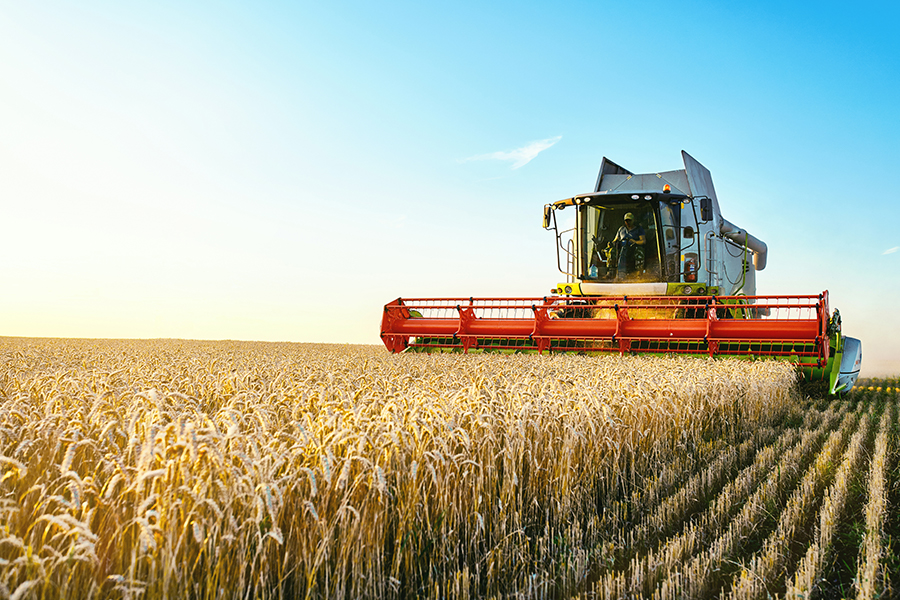
People & Entities Who Benefit from Crop Insurance
Farmers look to crop insurance to recover financially from severe events such as natural disasters and volatile market fluctuations. Crop insurance also pays the bankers, fertilizer suppliers, equipment providers and landlords, as well as being used to purchase their production inputs for the following season. It also gives crop producers the confidence to make long-term investments that are designed to increase their production efficiency.
Other people and entities who also benefit from crop insurance include the following:
Rural Economy: The rural economy is very reliant on farmers’ ability to be resilient subsequent to significant setbacks. The Farm Credit Services of America commissioned a study that described this relationship after the devastating 2012 drought. Crop coverage was credited with salvaging more than 20,000 jobs, with an annual labor income of $721 million in Iowa, Nebraska, South Dakota, and Wyoming alone.
Savings to U.S. Taxpayers: Without crop coverage, the cost of natural disasters that impact farmers would be left to U.S. taxpayers to pay, which was the case prior the availability of crop insurance. An example of this is 42 emergency bills in agriculture costing taxpayers
$70 billion from 1989 to 2012. This is according to the Congressional Research Service. Now, thanks to crop insurance, farmers bear some responsibility for the risk, in addition to private-sector crop insurance companies, and the federal government.
Agriculture is Integral to the Health of the U.S. Economy: We all look to agriculture for our food and clothing. In fact, agriculture alone makes up approximately 5 percent of this country’s economy and about 10 percent of U.S. employment. This supports the argument for why it is in all of our interest to ensure the agricultural sector is financially stable and able to bounce back from natural disasters and be allowed to continue to produce. Crop producers are also contending with unfair competition from foreign countries that choose to subsidize heavily and violate international trade rules. Without crop insurance, crop producers would be out of business.
Graybeal Group, Inc. Offers The Widest Range of Products and Pricing
Graybeal Group, Inc. is a professional Insurance company with licensed agents and staff. With over three decades of experience, The Graybeal Group takes pride that our agents are specialized in the needs of our customers in the areas of Crop/Agriculture, Hemp, Non-Profits, Pasture Rangeland and Forage, and Farm & Ranch.
Being able to provide the time for our agents to focus on their specialty allows us to give you – our clients – the needed coverage for your home and business. At Graybeal Group, Inc., we are committed to providing an experience that empowers our clients so they are educated on their coverage and the value we provide above all others.
For more information, we invite you to call Graybeal Group, Inc. at (541) 567-5523.
Vist our blog below for more information regarding crop insurance!
